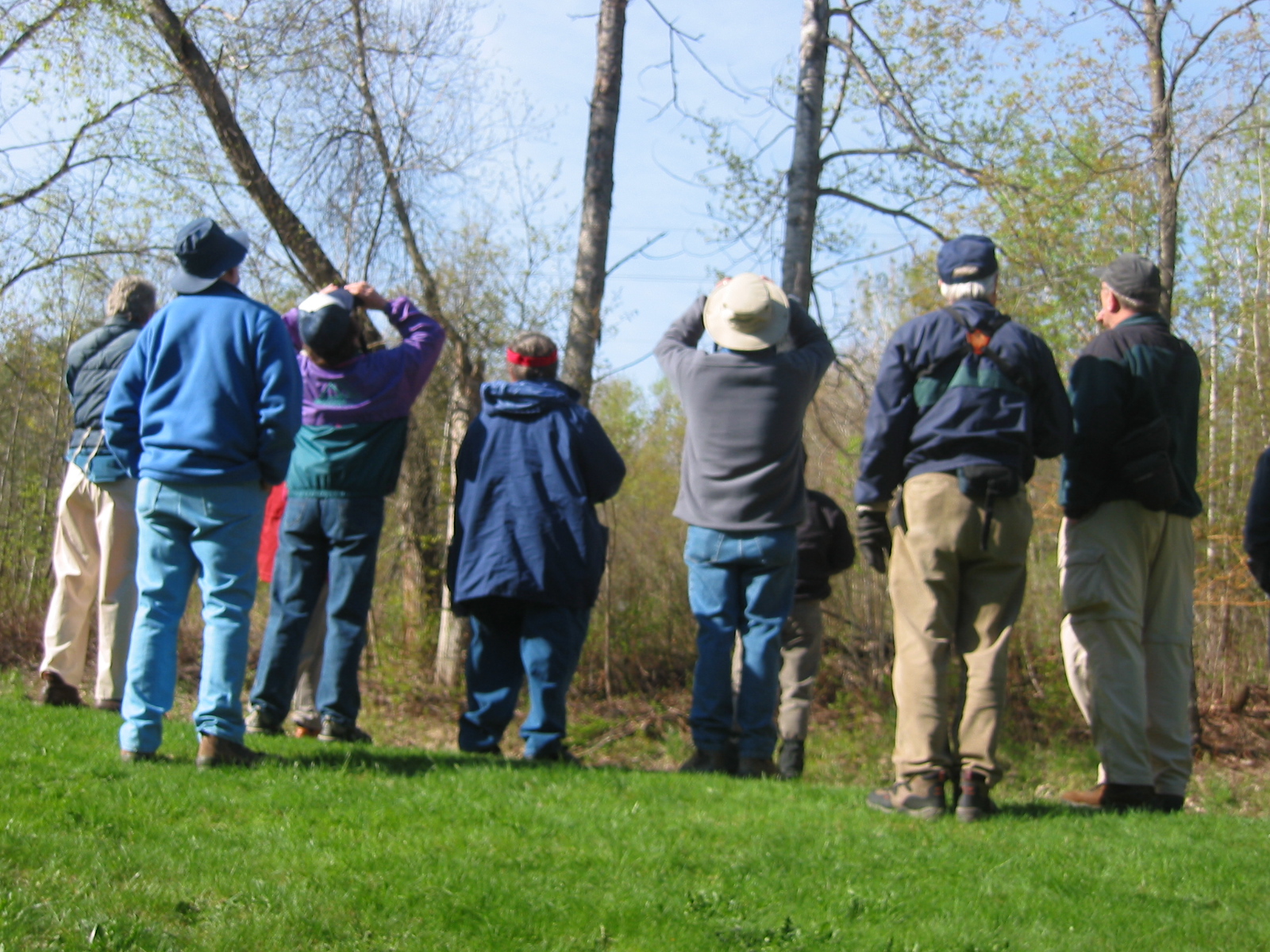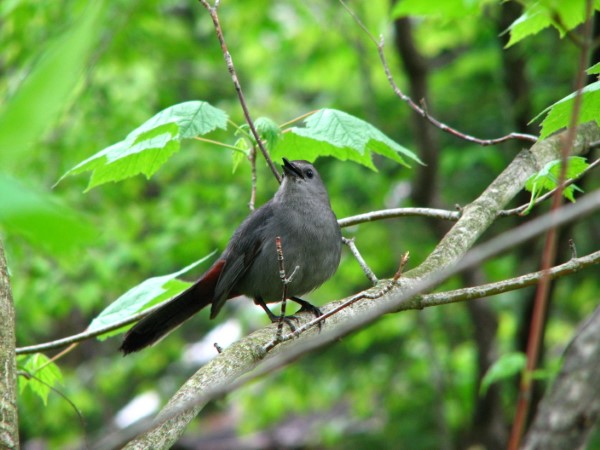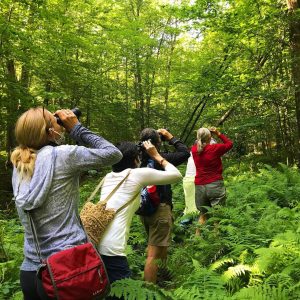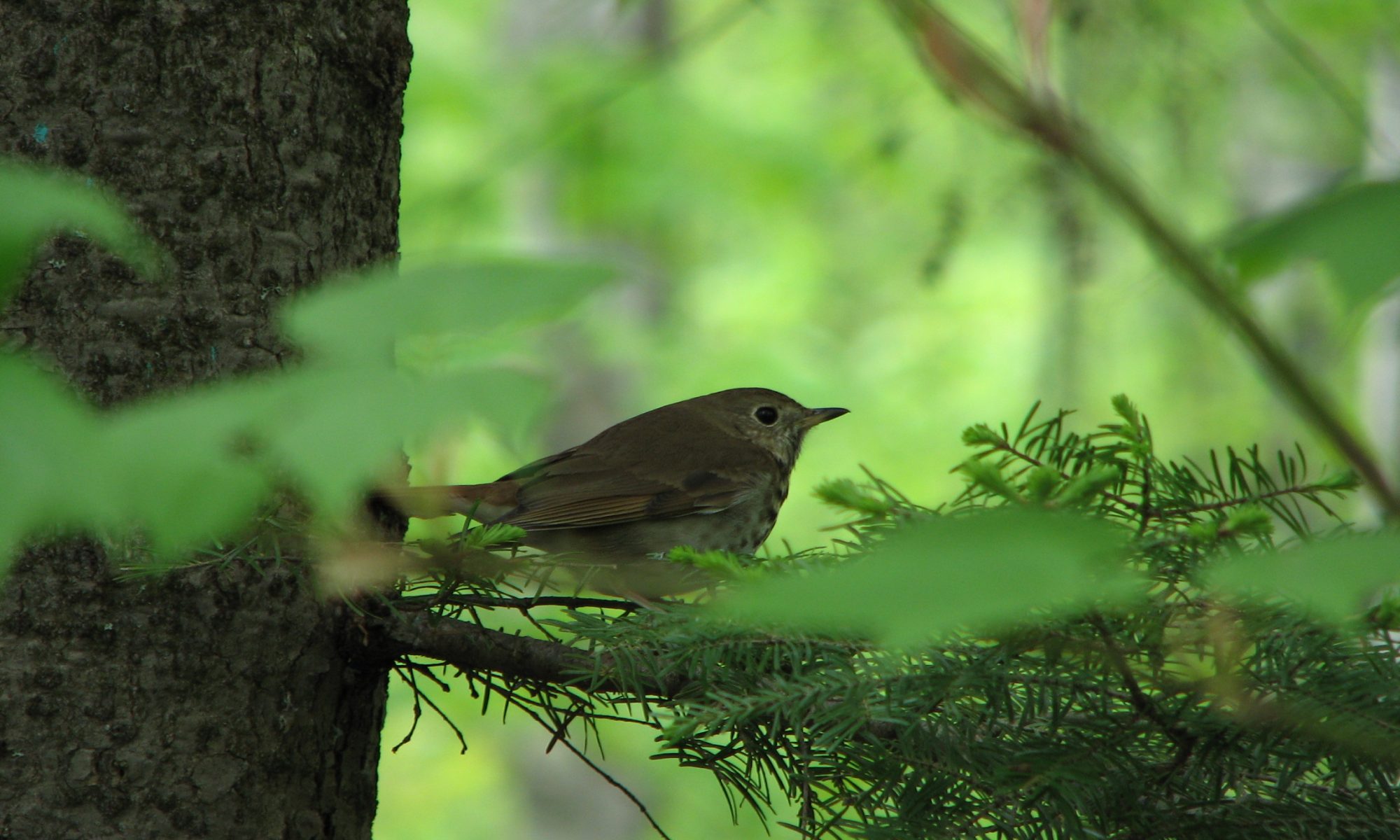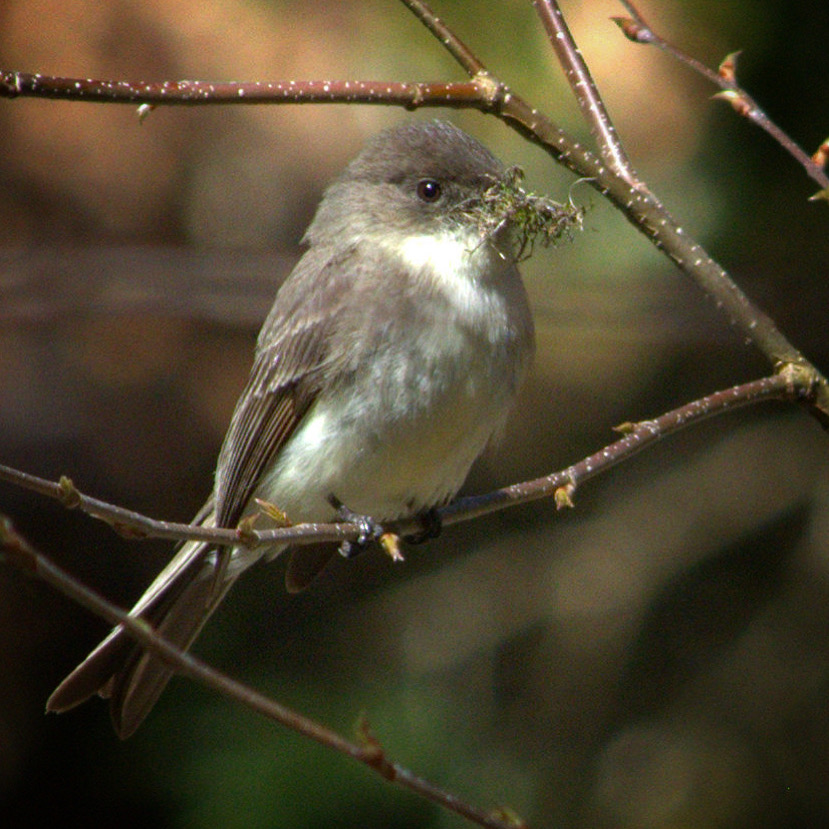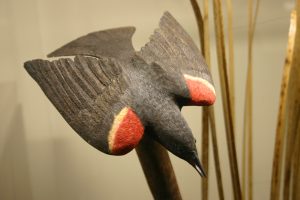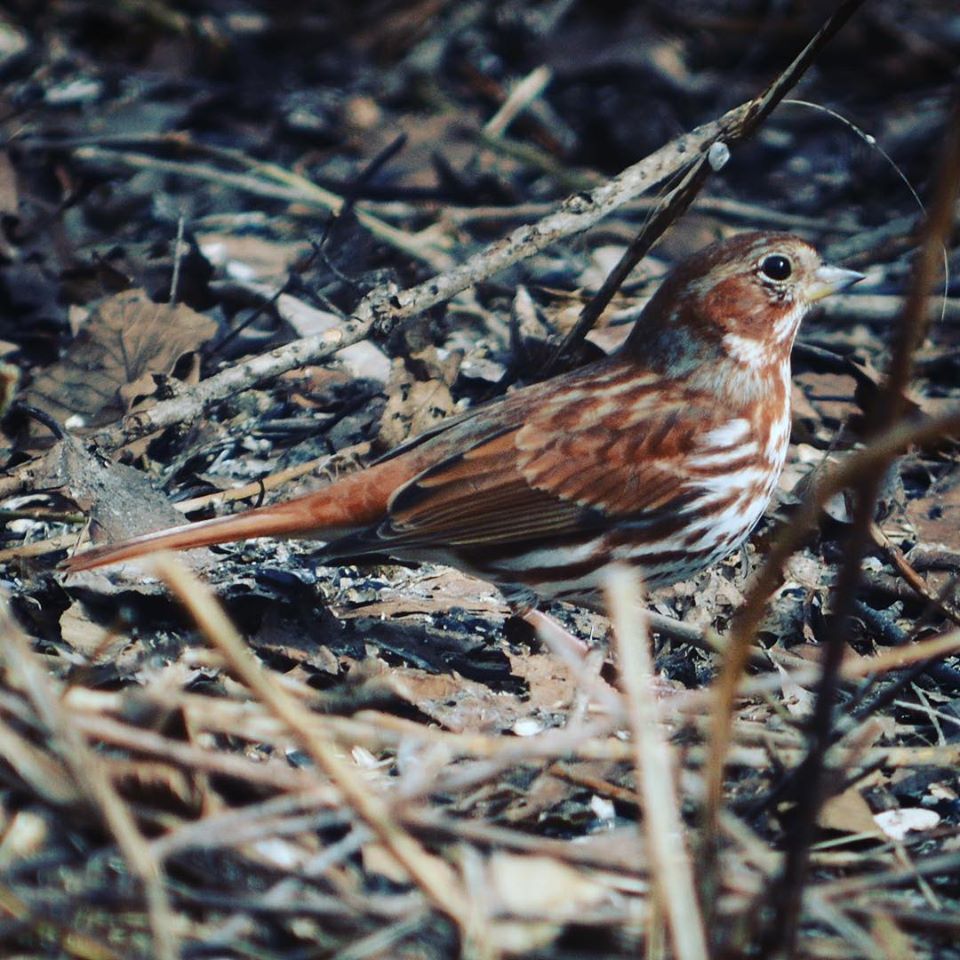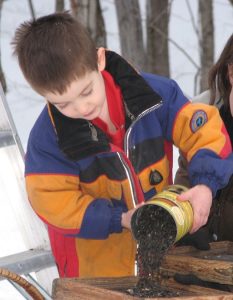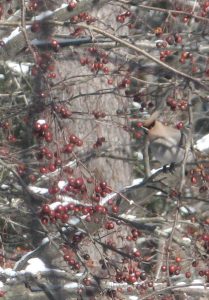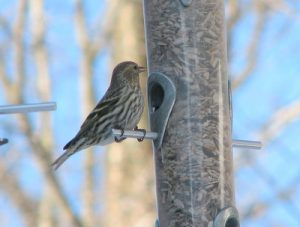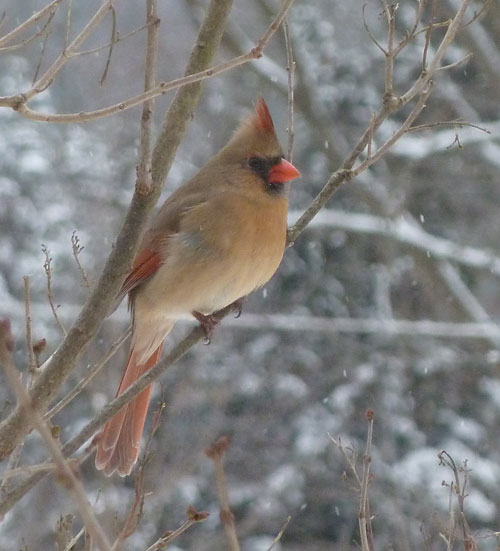All birders (current, experienced, newbie and would-be!) welcome! Attend our monthly monitoring walk outdoors on the Museum’s trails in forest and meadow.
Most fun for adults, older children. Please bring your own binoculars, dress for weather. Tick repellent and water bottles are recommended.
Max: 12 people
Registration link coming soon or call the museum.
Free, suggested donation $10 – $15
We go out the last Saturday of every month. Walks start at 7:30 am April – August; 8am September – March.

